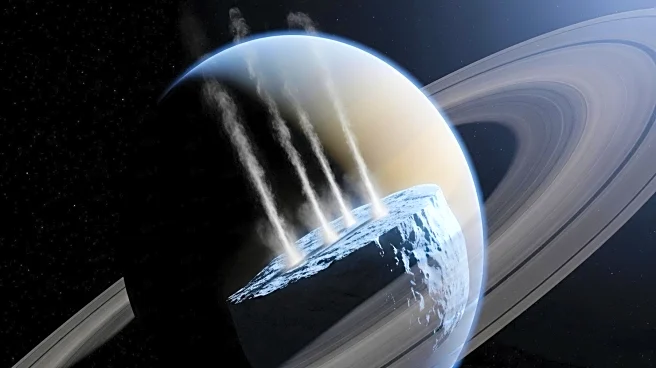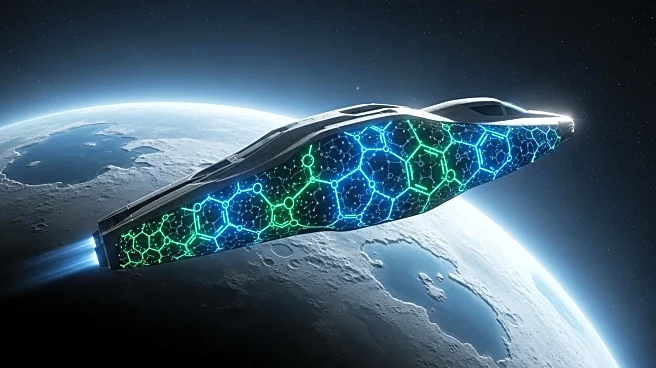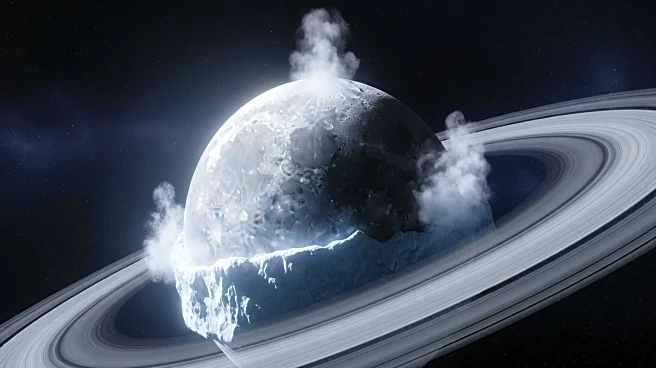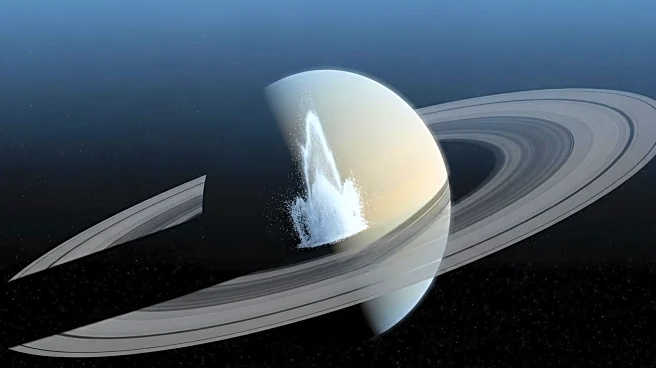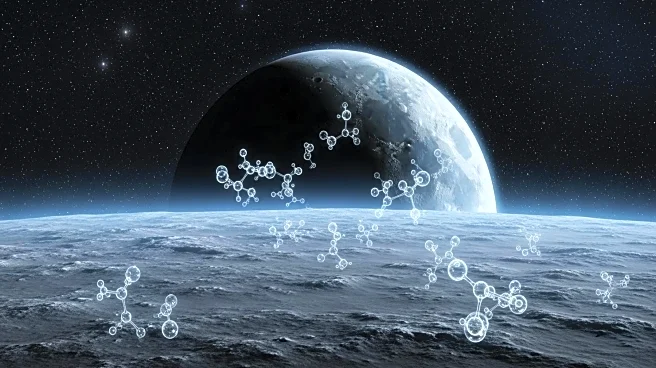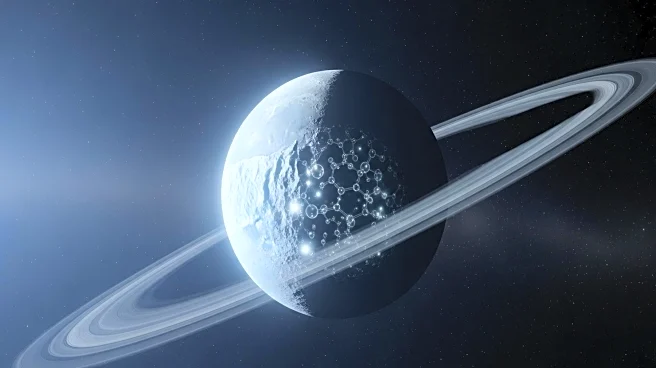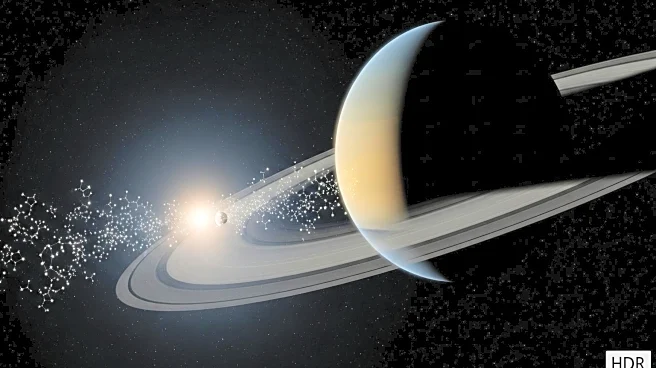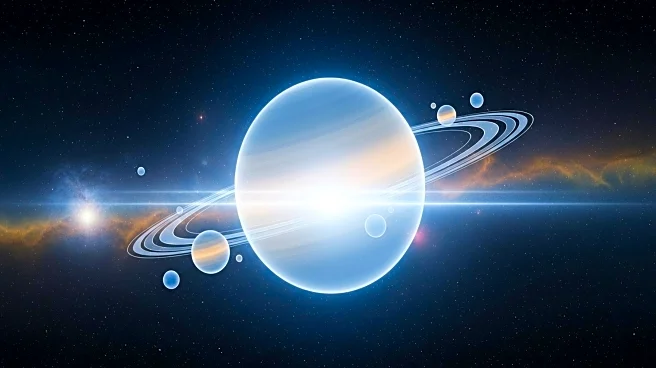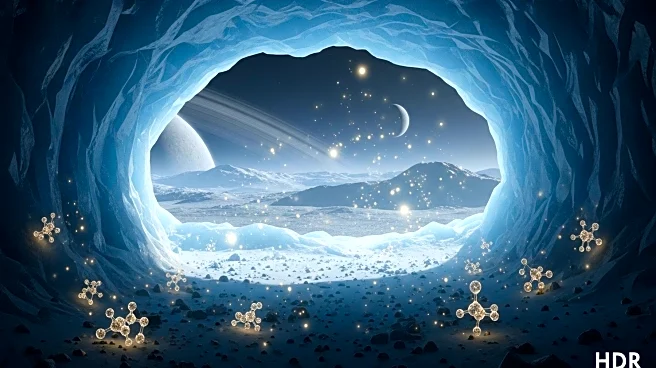What is the story about?
What's Happening?
A new study has identified organic compounds in the icy geysers of Saturn's moon Enceladus, suggesting conditions that may support life. The findings are based on data from NASA's Cassini spacecraft, which observed the moon's geysers during a flyby in 2008. Enceladus, known for its hidden ocean and water plumes, has long been considered a candidate for extraterrestrial life. The study confirms the presence of organic molecules from the moon's subsurface ocean, enhancing its habitability potential.
Why It's Important?
The discovery of organic compounds on Enceladus strengthens the case for its potential habitability, making it a prime target for future exploration. This could lead to new missions aimed at uncovering signs of life beyond Earth, expanding our understanding of life's possibilities in the universe. The findings also highlight the importance of studying icy moons, which may hold clues to the emergence of life in our solar system.
What's Next?
Scientists are advocating for new missions to further explore Enceladus, with the European Space Agency and China planning potential landings. These missions could provide more detailed insights into the moon's environment and its capacity to support life. Meanwhile, NASA's Europa Clipper mission will explore similar conditions on Jupiter's moon Europa, broadening the search for life in the solar system.
Beyond the Headlines
The study underscores the significance of subsurface oceans on moons as potential habitats for life. It challenges the notion that life is exclusive to Earth-like conditions, suggesting that diverse environments may harbor life. This could reshape our approach to astrobiology and the search for extraterrestrial life.
AI Generated Content
Do you find this article useful?
